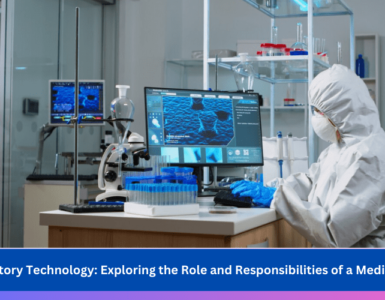When it comes to deciphering the truth behind digital evidence, forensic image authentication is of the utmost importance. However, in order to guarantee reliable and accurate outcomes, this procedure necessitates careful consideration and attention to detail. When analyzing digital images, the most important cautions that forensic investigators and experts in image authentication must keep in mind will be discussed in this article. Professionals can effectively uncover deception and maintain the integrity of the forensic image authentication process by understanding these warnings and following best practices.
Key Cautions To Consider When Analyzing Digital Images
hen analyzing digital images, there are several key cautions to consider to ensure accurate interpretation and avoid potential pitfalls. Here are some important points to keep in mind:
-
Source and Chain of Custody
The source and chain of custody of a digital picture are essential factors in forensic image authentication. To determine the image’s authenticity and its admissibility in court, investigators must meticulously document its origin and handling.
From the moment the image is acquired, it is essential to confirm the image’s origin, preserve the metadata, and maintain a clear chain of custody. An inadequate chain of custody can cast doubt on the image’s authenticity and reduce its value as evidence.
-
Image Integrity and Tampering Detection
Forensic image authentication relies heavily on the detection of image tampering and the maintenance of image integrity. Experts should be mindful of different image manipulation techniques, for example, pixel-level changes, cloning, and content expulsion.
Inconsistencies in pixel patterns, irregularities in compression artifacts, and metadata inconsistencies are all signs of tampering that can be identified with the help of robust algorithms and software tools designed specifically for image forensics. To identify potential tampering and ensure the authenticity of the image, careful analysis and comparison of the original image and its altered versions are essential steps.
-
Expertise and Training
Training and specialized knowledge are required for forensic image authentication. Professionals with solid knowledge of digital image processing, image forensics, and the most recent tools and techniques are essential.
Unqualified individuals’ inaccurate or incomplete analysis can lead to incorrect conclusions or the acceptance of unreliable evidence. For accurate and reliable results, qualified experts with relevant experience and knowledge in forensic image authentication must be carefully chosen.


-
Proper Documentation and Reporting
To successfully authenticate forensic images, thorough documentation and reporting are essential. The analysis methods, results, and any limitations or uncertainties encountered during the process must be meticulously documented by investigators. The methods that were used, the reasoning behind the conclusions, and any assumptions that were made should all be clearly presented in transparent and comprehensive reports.
With this, transparency is guaranteed, peer review is made easier, and the findings can be effectively communicated in court. The credibility of the forensic image authentication and its admissibility in court may be jeopardized if the process of analysis is not documented.
-
Peer Review and Collaboration
Peer review and collaboration in the field are beneficial to forensic image authentication. It is possible to spot potential biases, errors, or alternative interpretations of the evidence by seeking validation and input. From other experts.
Forensic image authentication’s overall quality and dependability are enhanced by collaboration. Which also makes it possible to share knowledge, skills, and experiences. Participation in peer-reviewed publications, conferences, and professional organizations all contribute to ongoing learning and advancement in the field.
Conclusion
To uncover deception through forensic image authentication, extreme caution and adherence to standard procedures are required. By taking into account key factors like source and chain of custody, image integrity and tampering detection, expertise and training, legitimate documentation and detailing, and peer review and collaboration, experts can explore the difficulties and guarantee precise and solid outcomes.
We can uncover the truth behind digital images and preserve the legal process’s integrity by adhering to the highest standards of forensic image authentication.






